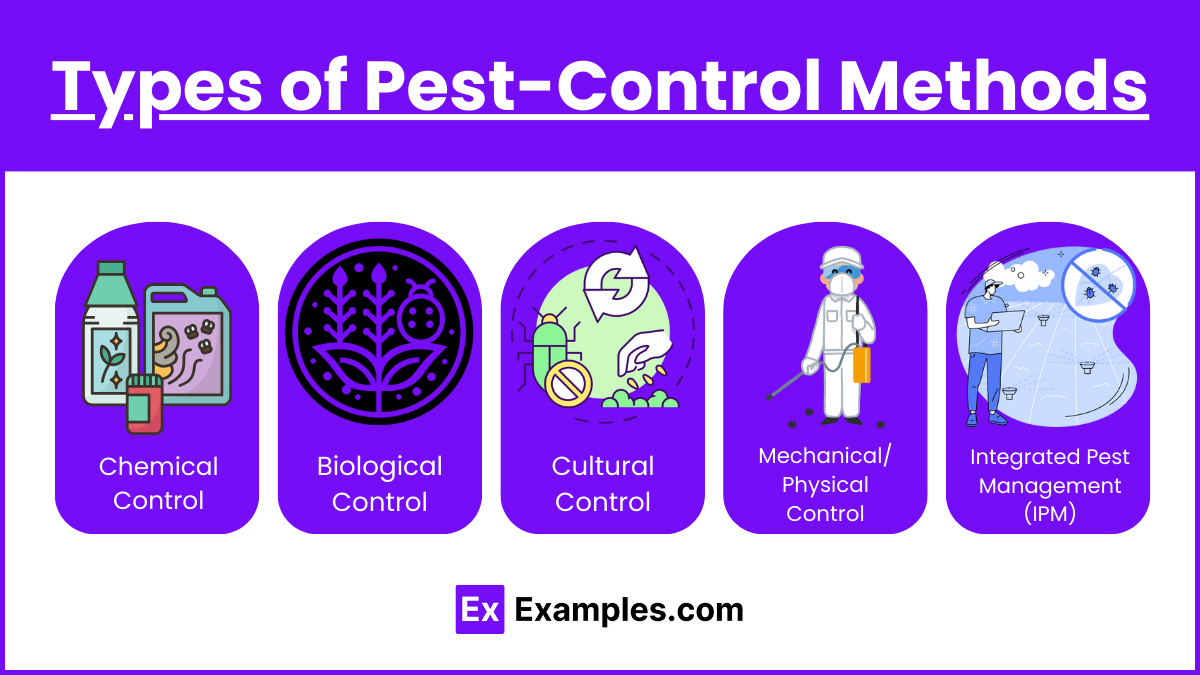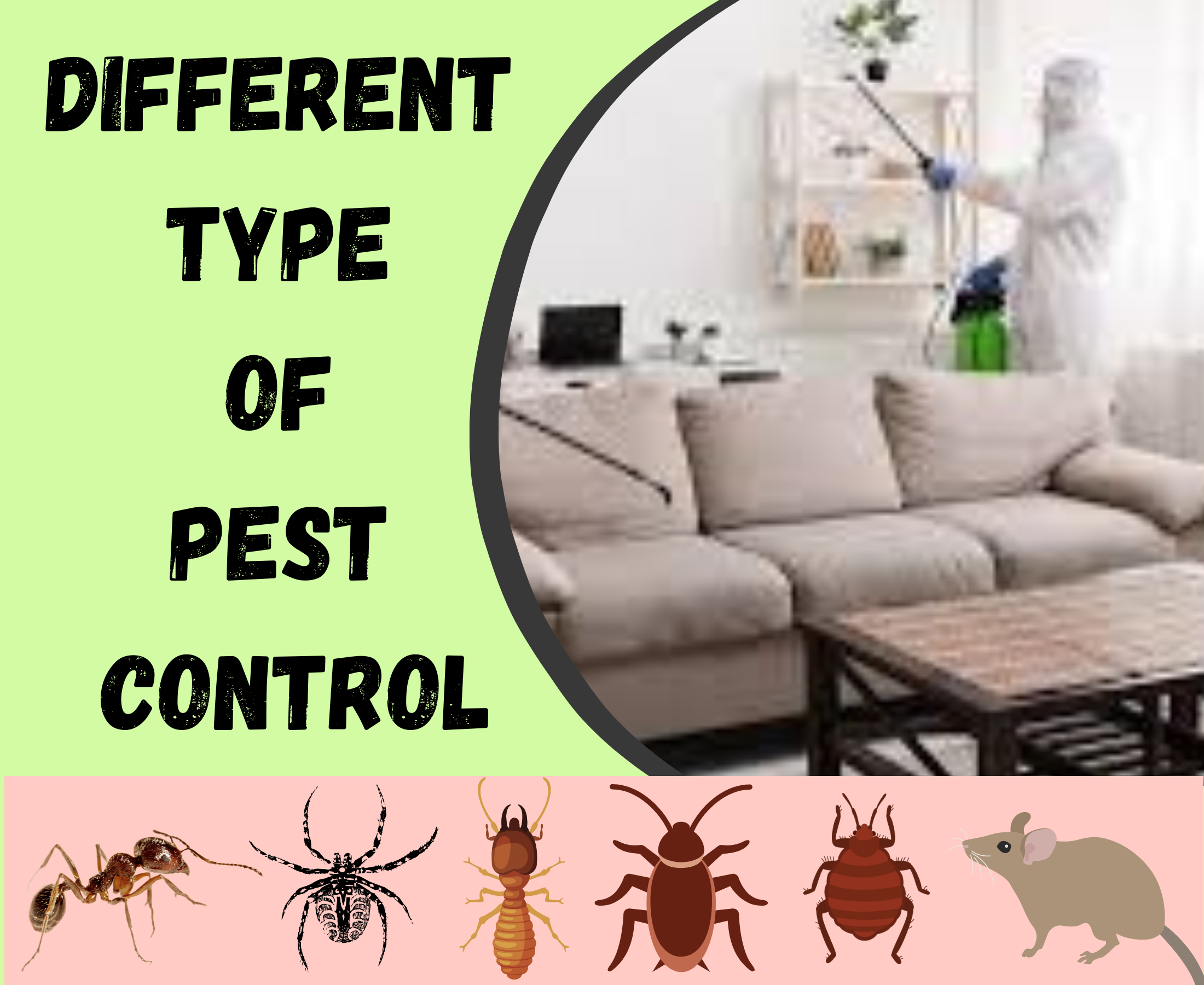Some Ideas on Pest Control You Need To Know
Some Ideas on Pest Control You Need To Know
Blog Article
The Ultimate Guide To Pest Control
Table of ContentsHow Pest Control can Save You Time, Stress, and Money.Facts About Pest Control RevealedThe 7-Second Trick For Pest ControlThe 6-Minute Rule for Pest ControlSome Known Facts About Pest Control.Some Of Pest Control
Our searchings for reveal that the first assessment will set you back anywhere from $160-$300 typically. Preferably, property owners need to arrange evaluations for their residences at the very least annually. From there, several pest control experts set prices based on the customer's particular needs. This normally costs anywhere in between $400-$1000 for the entire year's coverage, with regular monthly or bi-monthly sees currently rolled into the final cost.Depending on the problem, a work that needs a single visit normally costs $300 to $550. These are the easiest rates to outline in your bug control costs listing.
Insects that generally calls for recurring gos to include: Roaches. Our searchings for show that a preliminary visit is about $180 and is the very first of an ongoing agreement. During this first see, you ought to: Examine the problem.
12-month agreement. In basic, the regularity of periodic gos to is: Each month: $40 45. Every two months (semi-monthly): $50 60. Every three months (quarterly): $100 300. Bug control is a chemically-intensive company. After all, chemicals are the crucial products that pest control experts utilize to complete a work. Usual chemicals consist of: Boric acid.
A Biased View of Pest Control
Necessary materials and materials you'll utilize include: Respirator. Your tools ought to be included as part of your expenses prices. If you have employees, then labor prices are going to be the largest costs for your company.
Limitations of Chemical Management Have the ability to evaluate pest issues, figure out if management is necessary, and make ideal suggestions using IPM techniques. Know with various techniques of pest administration - their benefits and limitations. Recognize the worth of helpful insects. It is not possibleor even desirableto rid gardens of all bugs.
This phase reviews (IPM), a technique that makes use of expertise regarding bugs and their, techniques, nonchemical approaches, and chemicals to take care of insect problems. Additional details concerning IPM for particular plants is consisted of in phases that concentrate on those plants. Insects in a yard or landscape may consist of insects and mites, weeds,, mammals, and birds.
The smart Trick of Pest Control That Nobody is Talking About
Pests and weeds, however, play a function in the. After growing a yard or developing a yard, the all-natural procedure of plant succession begins to improve and nonnative plants.
What we call "insects" are part of a natural system at work. Just human beings take into consideration particular types pests when they occur where they are not desired.
Bugs susceptible to a chemical were swiftly killed, leaving resistant ones to breed and multiply. It became clear that chemicals alone would certainly not solve all parasite troubles. Rather, overuse of chemicals created the growth of immune parasites. Researchers started to develop a brand-new method to pest control. This new approach was referred to as incorporated pest management (IPM).
An IPM plan permits some degree of pests in the setting. Parasites are much less most likely to survive a program that makes use of various techniques of reducing their populations. Integrated parasite monitoring was first suggested by entomologists because bugs were the first team of other bugs to my blog show difficult to take care of with chemicals alone.
The Ultimate Guide To Pest Control

Administration as opposed to elimination of pests is the objective. An IPM strategy starts with a mindful assessment of each pest infestation. Just then can one make a decision regarding the ideal tactics essential to suppress parasite tasks. The life process of the insect, possible damage, natural opponents, and impacts of climate, amongst various other variables, are thought about prior to a control strategy is applied.
Clover expanding in a yard may be considered as an undesirable weed, however as a bean it is official source manufacturing nitrogen for the dirt and the blossoms are providing nectar to honey bees and other. Resistance for some weeds may become part of an IPM strategy. might be eating the fallen leaves of a plant, yet when they are identified as the larvae of Eastern tiger swallowtail butterflies, their damages might be endured so we can enjoy the stunning butterfly.
Figure 81. Brown lacewing larva (Hemerobiidae family). Pest Control. Matt Bertone Prevention is the initial tool in insect administration due to the fact that it is the most reliable, least expensive, the majority of environmentally pleasant option. Picking a healthy plant that grows in the desired place with the offered light, planting it carefully, and making sure that it has ample water and nutrients stops anxiety and minimizes bug issues.
Unknown Facts About Pest Control
The 2nd most crucial device in insect management is early intervention. Responding to issues quickly, prior to they have time to multiply, calls for a much less significant treatment.
Numerous risk-free, useful, nonchemical techniques of plant defense and pest monitoring might reduce or eliminate the demand to spray. Other techniques are most helpful when used with pesticides. To carry out monitoring methods properly and to lessen losses, gardeners must know the kinds of parasites that assault plants and recognize pest biology.
Bug management methods come under four groups: social, mechanical, organic, and chemical. Maintaining plants healthy and protecting against plant stress and anxiety assists plants to better withstand and repair the damage brought on by an insect or mite insect. Some proof indicates that healthy plants stand up to infestation by insects much better than plants with reduced vitality.
Carrying out a dirt test and applying only the suggested amount of plant food and lime makes the most of the benefit to the plant while lessening issues associated with too much usage of plant food. Covering the dirt with a number of inches of mulch protects the plant in numerous means: reducing soil water loss to evaporation, reducing weed competitors, offering nutrients, and producing an ideal environment for earthworms and microorganisms that maintain the soil loosened for roots and break down natural material to release nutrients.
Some Known Questions About Pest Control.

If tilling is considered needed, think about doing it in the fall when the life process of numerous bugs brings them near the surface area. At the surface area, insects become exposed to the weather condition along with birds and other natural opponents. Loss tilling can also ruin pests in plant residues. Use healthsome and insect-free qualified seeds and plants if available.
Report this page